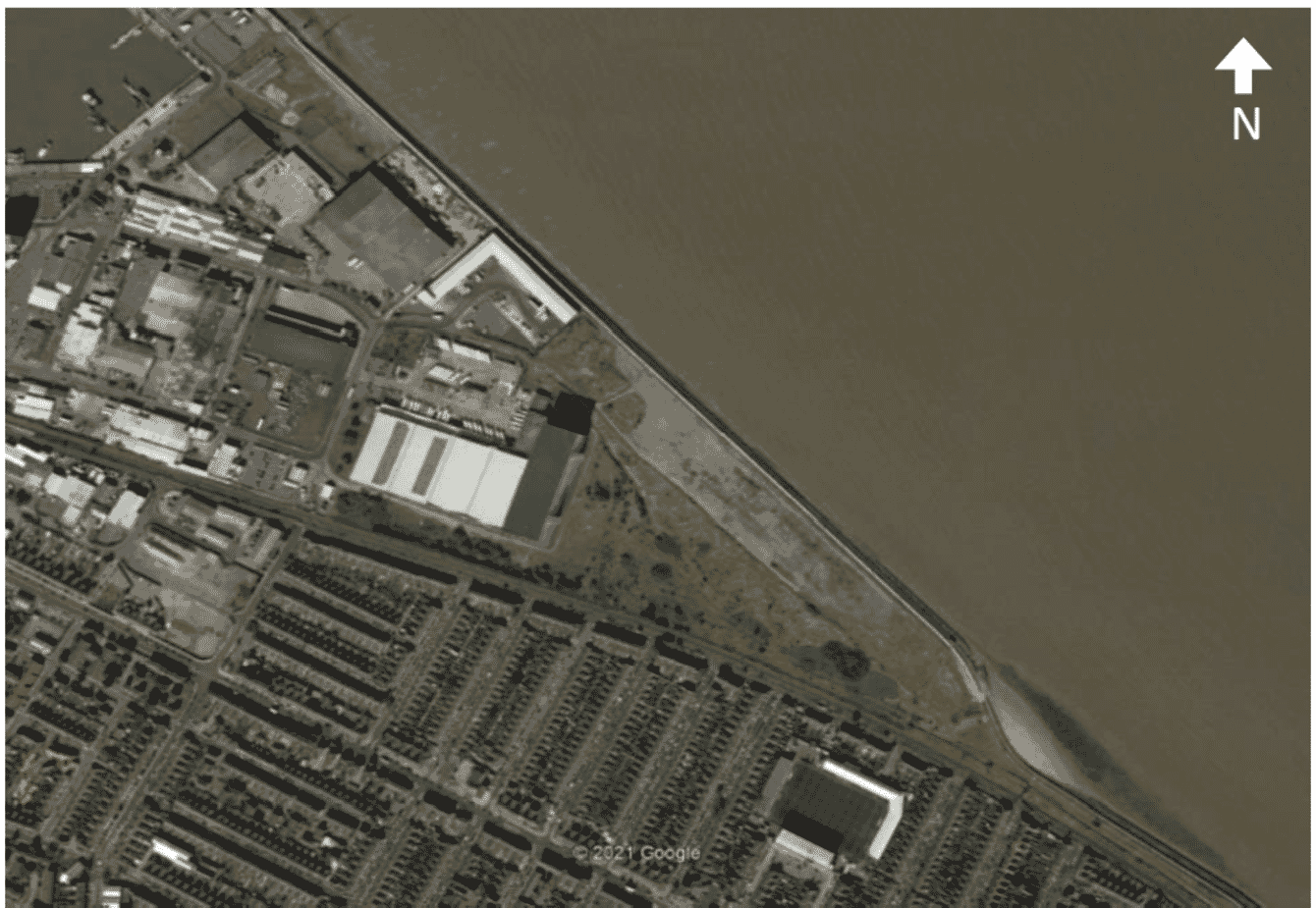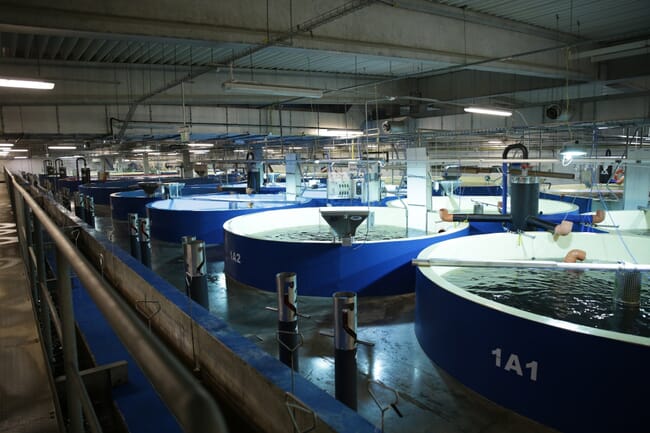
AquaCultured Seafood’s proposed RAS would be located on land that had previously been used as a rail sidings and currently has no built development
According to planning documents submitted to North-East Lincolnshire Council in December 2022, the firm plans to build a completely enclosed and biosecure aquaculture facility and processing unit over 40,000 m² of floorspace. The recirculating aquaculture system (RAS) is expected to have a capacity of 5,000 tonnes of whole fish per annum.
AquaCultured Seafood’s pitch, which was submitted by property consultants Montagu Evans, says that the new facility will incorporate a range of measures and features that promise to conserve natural resources, limit pollution and environmental damage and cope with the potential impacts of a changing climate during construction and when in operation.
Companies House lists Craig Anderson, the former managing director of the Scottish Salmon Company, as one of the directors of the startup.
By using a RAS, the company plans to benefit from the enhanced production control, reduced maintenance and improved sustainability credentials.
“The technology utilises several water treatment patents and filtering techniques to cut water consumption. By recirculating the culture water, the water and energy requirements will be limited to an absolute minimum,” the project proposal says.
According to the company’s analysis, the project’s design and resource use means that it does not have to submit an environmental impact assessment (EIA) if the development progresses.
“This is based on the assessment that the proposal is unlikely to have significant effects on the environment, taking account of potential mitigation,” they say.

The Pure Salmon RAS (pictured) uses filtration and effluent treatment technology from AquaMaof to reduce its environmental footprint © AquaMaof
The proposed unit, dubbed the New Clee Aquaculture Facility, will contain a marine RAS and host both freshwater and saltwater tanks. The freshwater section will support the early stages of the Atlantic salmon life cycle while the saltwater segment will facilitate a grow-out environment for the fish. The plans also outline associated production systems like a water treatment plant, a fish processing line and a feed storage unit. It is expected that mechanical and electrical buildings will be hosted onsite, and that there will be a dedicated area for biosecurity and disinfection protocols.
The site, which is located within the defined operational area of the Port of Grimsby, was reclaimed in the early 1990s. It had previously been used as a rail sidings and currently has no built development.
As part of the planning submission, Montagu Evans submitted a full suite of technical assessments and reports that consider the potential impacts of the development and outline the mitigation measures the firm will take to make the planned facility acceptable to regulators.
This includes evaluating the water resources required for operation – which come in at approximately 1,000 m³ of freshwater each day and 1,000 m³ a day of salt water. “The potential impacts to both quantity and quality of water resources are low,” the planning documents say. The company expects that the freshwater needs can be met with existing ABP infrastructure at Grimsby Port. Saltwater will be abstracted from a borehole constructed on the site. The firm’s assessment says that the saline borehole will not impact the quantity or quality of freshwater resources.
Though the project is not associated with hazardous substances or toxic emissions to the air, it still expects to generate up to 1,000 m³ of effluents each day. The company is including treatment infrastructure in its plans to address this burden. “The effluent will be treated to a very high standard, using the best quality water filtration technologies developed by AquaMaof to produce treated effluent that is very low in nutrients and suspended solids,” the assessment says. The documents also outline effluent discharge protocols and say that wastes will be disposed of carefully and sustainably.
Though the project is currently being evaluated by the North-East Lincolnshire Council, activists and local residents have begun objecting to the development. Some community members are questioning the wisdom of the industrial proposal and have outstanding questions regarding the environmental mitigation efforts and the potential impacts on wildlife.
A small number of locals, joined by the anti-salmon farming activist Don Staniford, staged a demonstration outside the site of the proposed farm on 12 February.




